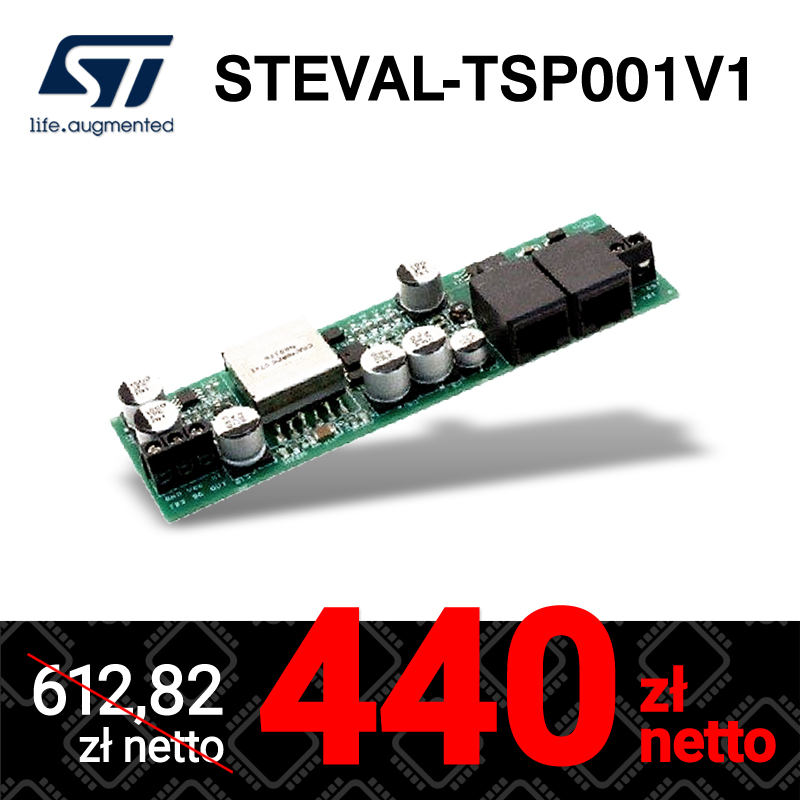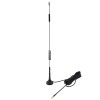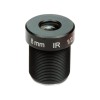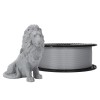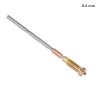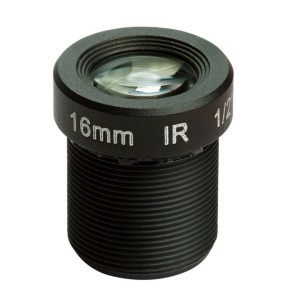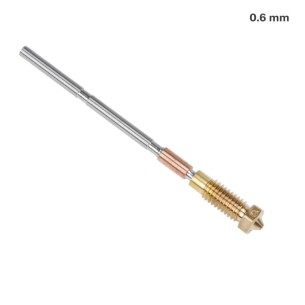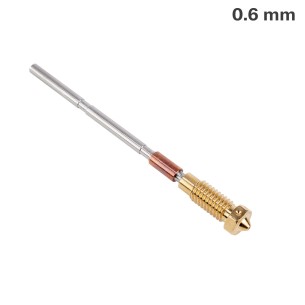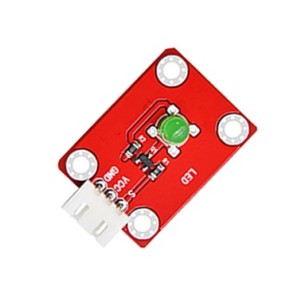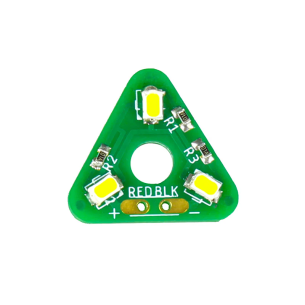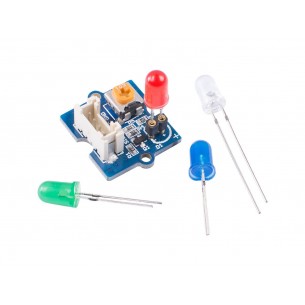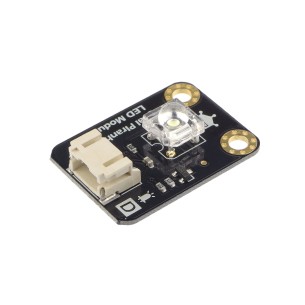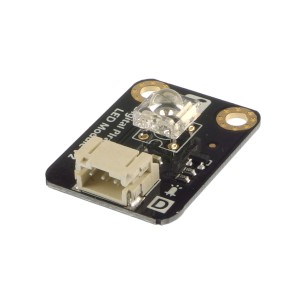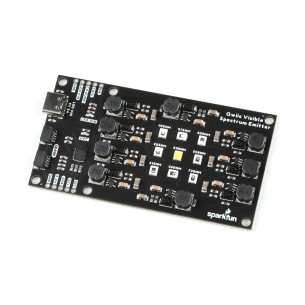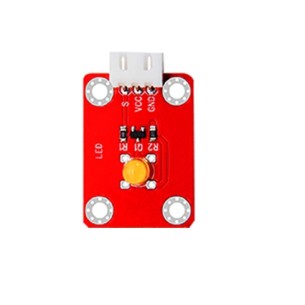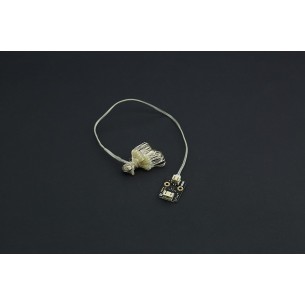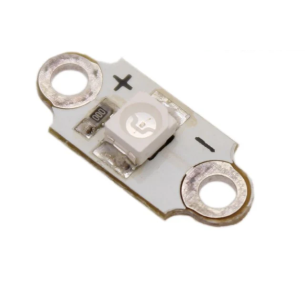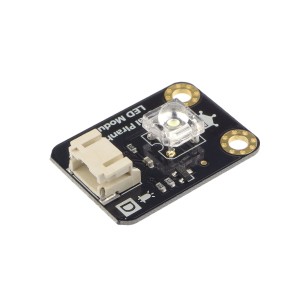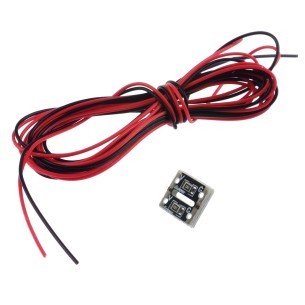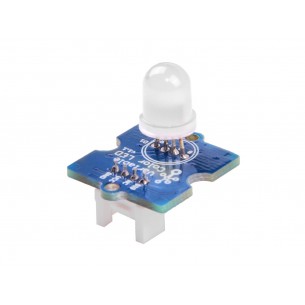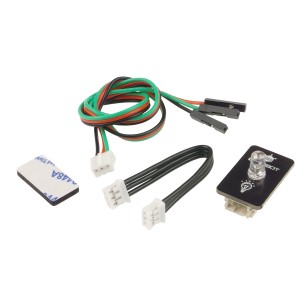Products
Categories
- Main categories
-
- 3D PRINTING
- ARDUINO
- AUTOMATION
- BOOKS
- CYBERSECURITY
- EDUCATION
- ELECTRONICS
- Cables
- Cameras and accessories
- Communication
- Conductive materials
- Connectors
- ARK connectors (Terminal Block)
- Banana connectors
- Coaxial connectors (RF)
- Connectors
- Crocodile clip
- D-Sub drawer connectors
- DC power connectors
- FFC/FPC ZIF connectors
- Goldpin connectors
- IDC connectors
- JACK connectors
- JST connectors
- Jumpers
- Memory cards slots
- Other connectors
- Pogo pin
- Quick couplers
- RJ45 connectors
- Slip ring connector
- Supports
- USB connectors
- USB PD Adapters for Laptops
- WF connectors
- Cooling
- Displays
- Electronic modules
- A/D and D/A converters
- Audio
- Barcode readers
- CAN converters
- Converters USB - UART / RS232
- Cryptographic module
- Data logger
- DDS/PLL generators
- Digital potentiometers
- Encoders
- Expanders of the I/O
- Fingerprint readers
- Galvanic isolation modules
- HMI modules
- Image and video
- JTAG accessories
- Keyboards, buttons
- LED drivers
- Memory card readers
- Memory modules
- Modules with power outputs
- Motor controllers
- Power modules
- RS485 converters
- RTC modules
- Servo Controllers
- TSOP infrared receivers
- USB Converters - I2C / 1-Wire / SPI
- Voltage converters
- Gadgets
- GPS
- Intelligent clothes
- LED - diodes, displays, stripes
- Luminous wires and accessories
- Machine vission (MV)
- Memory cards and other data storages
- Passive elements
- PC accessories
- Printers
- Programatory czasowe
- Prototype boards
- Relays
- Semiconductors
- A/C converters (ADC)
- Analog systems
- Audio systems
- Bridge rectifiers
- Button
- D/A Converters (DAC)
- DDS synthesizers
- Digital circuits
- Diodes
- Drivers of motors
- DSP microprocessors
- Energy counters
- Energy harvesting
- ESD security
- IGBT drivers and bridges
- Interface systems
- LED drivers
- Logic converters
- Memory
- Microcontrollers
- Optotriacs and optocouplers
- Other
- PLL generators
- Power systems
- Programmable systems
- Resetting systems
- RF systems
- RTC systems
- Sensors
- SoC systems
- Timery
- Touch sensors
- Transistors
- Sensors
- Accelerometers
- Air humidity sensors
- Air quality sensors
- Current sensors
- Distance sensors
- Flow sensors
- Gas sensors
- Gyroscopes
- Hall sensors
- Humidity sensors
- Infrared sensors
- Laser scanner
- Light and color sensors
- Liquid level sensors
- Magnetic sensors (compasses)
- Medical sensors
- Motion sensors
- PH sensors
- Position sensors
- Pressure sensors
- Pressure sensors
- Reflection sensors
- Sensors 6DOF/9DOF/10DOF
- Sensors of liquid quality
- Temperature sensors
- Vibration sensors
- Sound transducers
- Switches and buttons
- Cables
- FPGA DEVELOPMENT KITS
- MEASURING DEVICES
- Anemometers
- Cable testers
- Distance measurement
- Electronic loads
- Generators
- Insulation resistance meters
- LCR meters
- Logic analyzers
- Measures and calipers
- Multimeters
- Network analyzers
- Oscilloscopes
- Other meters
- Panel meters
- Radiation detectors
- Sound meters
- Temperature measurement
- Testery USB
- Voltage indicator
- Wattmeters
- Weights
- MECHANICS
- MINICOMPUTERS (SBC)
- POWER
- RASPBERRY PI
- Accessories for Raspberry Pi
- Audio video cables for Raspberry Pi
- Case Raspberry Pi
- Cooling for Raspberry Pi
- Displays for Raspberry Pi
- Extension modules for Raspberry Pi
- Memory cards for Raspberry Pi
- Power for Raspberry Pi
- Raspberry Pi 3 model A+
- Raspberry Pi 3 model B
- Raspberry Pi 3 model B+
- Raspberry Pi 4 model B
- Raspberry Pi 400
- Raspberry Pi 5
- Raspberry Pi 500
- Raspberry Pi cameras
- Raspberry Pi Compute Module
- Raspberry Pi model A/ B+/2
- Raspberry Pi Pico
- Raspberry Pi prototyping
- Raspberry Pi Zero
- Raspberry Pi Zero 2 W
- RETIRED PRODUCTS
- SALE
- STARTER KITS, PROGRAMMERS, MODULES
- Atmel SAM
- Atmel Xplain
- AVR
- Coral
- DFRobot FireBeetle
- ESP32
- ESP8266
- Feather / Thing Plus
- Freedom (Kinetis)
- M5Stack
- Micro:bit
- Nordic nRF
- Other development kits
- Particle Photon
- Peripheral modules
- PIC
- Raspberry Pi RP2040
- RFID
- RISC-V
- Seeed Studio LinkIt
- Segger programmers
- SOFTWARE
- Sparkfun MicroMod
- STM32
- STM32 Discovery
- STM32 MP1
- STM32 Nucleo boards
- STM8
- Teensy
- Universal programmers
- WRTNode
- XIAO/Qt PY
- Atmel SAM
- WORKSHOP
- Adhesives for hot glue guns
- Chemistry
- Agents for securing electronics
- Cleaning and preserving agents
- Compressed air
- Conductive paints and varnishes
- Distilled water
- Etcher
- Freezing
- Gas for lighters and burners
- Isopropyl alcohol (IPA)
- Label removers
- Lubricants, oils
- Pastes and adhesives thermally conductive
- PCB cleaning products
- Thermopads - thermally conductive tapes
- CNC milling machines
- Crimping tools
- Dispensing needles
- Gluers
- Glues
- Heat-shrink tubing
- Insulation strippers
- Knives
- Laboratory power supplies
- Microscopes
- Mini drills and grindrers
- Organizers
- Personal protection (OHS)
- Power tools
- Sandpapers
- Scissors
- Soldering
- Antistatic mats and accessories (ESD)
- BGA balls
- BGA rework stations
- Brushes and ESD brushes
- Desoldering Wick
- Handles, magnifiers
- Heat guns
- Heaters and soldering irons
- Laminates
- Portable soldering irons
- Silicone Soldering Mats
- SMD Accessories
- Soldering accessories
- Soldering chemistry
- Soldering irons
- Soldering pastes
- Soldering pots
- Soldering stations
- Soldering tips
- Sponges and cleaners
- Stand for soldering irons
- Tin
- Tin extractors
- Ultrasonic cleaners
- Tapes (aluminum, kapton, copper, insulating)
- Tools
- Tweezers
- Vices
- Workshop lighting
- 3D PRINTING
New products
New products New products
Description
RGB Pixels are digitally-controllable lights you can set to any color, or animate. Each RGB LED and controller chip is molded into a 'dot' of silicone. The dots are weatherproof and rugged. There are four flanges molded in so that you can 'push' them into a 12mm drill hole in any material up to 1.5mm/0.06" thick. They're typically used to make outdoor signs. We also have flat-backed pixels that are essentially the same, but are not as long and thin.
The pixels are connected by a 4-conductor cable. +5V (Red), Ground (Blue), Data (Yellow) and Clock (Green). Data is shifted down from one pixel to the next so that you can easily cut the strand or attach more onto the end. Each dot is digitally controlled, with an internal 8-bit PWM LED driver (24-bit color for 16 million different shades). The pixels must be clocked by a microcontroller, we have an example code linked below that works on an Arduino, it should be simple to adapt it to any other microcontroller.
The pixels use 8mm diffused RGB LEDs, with a 120 degree beam width. The total max brightness of all LEDs is about 1600mcd but with the light more evenly distributed & mixed than a clear LED. (Please note: mcd ratings of LEDs are notoriously inflated by most LED sellers, so be extra-skeptical when reviewing LED ratings!)
Sold by the strand, each strand has 25 pixels in series! Each strand has two JST SM 4-pin connectors so you can connect multiple strands in a row, as many as you wish, just watch for how much current they want. We now have LED pixel strands with the power wires (red & blue) spliced out so its really easy to connect 5VDC in using a 2.1mm jack terminal adapter. We have a 5V/2A supply that should be able to drive 2 or more strands and a 5V/10A supply that can drive up to 160 LEDs all lit up at once
If you want to connect to the strand (to wire it to power and a microcontroller), you could cut and solder to the wires, but better yet just grab a 4-JST cable set - then check the LED modules to see which way is the input (there's arrows showing the data direction).
You can drive these with an Arduino using any two microcontroller digital pins, check this library which also has example code to demonstrate the strands and be sure to read our very detailed tutorial on usage!
Features
- 12mm diameter (0.45") 38mm deep (1.5")
- 80mm / 3" apart on the strand
- 25 pieces per strand
- New! These pixels use a WS2801 chip for full 24 bit color
- 5V power, 60mA maximum per pixel (LED on full white)
- 2-pin SPI-like protocol
- WS2801 Datasheet for the chip inside each pixel
- Brightness: Red = 3.3 Lumens/300 mcd, Green = 10 Lumens/1000 mcd, Blue = 2.7 Lumens/300 mcd (mcd calculation based on full 120 degree beam)
Manufacturer BTC Korporacja sp. z o. o. Lwowska 5 05-120 Legionowo Poland sprzedaz@kamami.pl 22 767 36 20
Responsible person BTC Korporacja sp. z o. o. Lwowska 5 05-120 Legionowo Poland sprzedaz@kamami.pl 22 767 36 20
Other products in the same category (16)
RTC DS1307 module with clock dedicated to matrix displays with HUB75 interface. Designed for minicomputers Raspberry Pi. Adafruit 2345
No product available!
Digitally controlled module with LED. Perfect for people starting their fun with Arduino. Equipped with an XH2.54 connector
The Mini LED 5V module is designed to fit into a 20mm diameter interior. It is designed to have power requirements that are within the power limits of a computer\'s USB port (5V and well below 100mA). Kitronik 35137
No product available!
Module with replaceable LED diodes in 4 colors: red, green, blue and white. The board is equipped with a Grove connector and communicates via a digital interface. Seeed Studio 104020228
Module with white LED, digitally controlled. Perfect for people starting to play with Arduino. Equipped with a Gravity interface. DFRobot DFR0031-W
Module with red LED, digitally controlled. Perfect for people starting to play with Arduino. Equipped with a Gravity interface. DFRobot DFR0031-R
Visible spectrum emitter module that combines 9 discrete LEDs covering visible light wavelengths from 455 to 720 nm. It uses Qwiic connectors and I2C communication as well as a USB type C socket to power the module. SparkFun SPX-21316
Digitally controlled module with LED. Perfect for people starting their fun with Arduino. Equipped with an XH2.54 connector
A module for building a rear bicycle light using 1000 mCd red LEDs. Power supplied by AA batteries, which are not included in the kit. Kitronik 2106
Gravity: Digital LED String Lights (Warm White) consist of a series of warm white LEDs. It is powered by a voltage of 2.5 ... 5 V and consists of 40 LEDs placed on a 4-meter cable. DFRobot DFR0448
No product available!
Module with green LED, digitally controlled. Perfect for people starting to play with Arduino. Equipped with a Gravity interface. DFRobot DFR0021-G
Kitronik 2723 is a green LED designed for use in e-textiles, allowing for easy integration of lighting effects into textile projects. With a built-in resistor and clearly marked polarity (+ and -), the LED is simple to use and safe to incorporate with conductive materials.
Module with blue LED, digitally controlled. Perfect for people starting to play with Arduino. Equipped with a Gravity interface. DFRobot DFR0031-B
Module with two white diodes. Dedicated to Voron 3D printers as hotend and printing nozzle lighting
Module with RGB LED, it is possible to control individual colors using digital signals as well as PWM signals. The module has a connector in accordance with the Grove standard. Seeed studio 101020472
Gravity Colorful LED is an LED twinkles with seven colors--the colors of rainbow. DFRobot DFR0474

RGB Pixels are digitally-controllable lights you can set to any color, or animate. Adafruit 322

